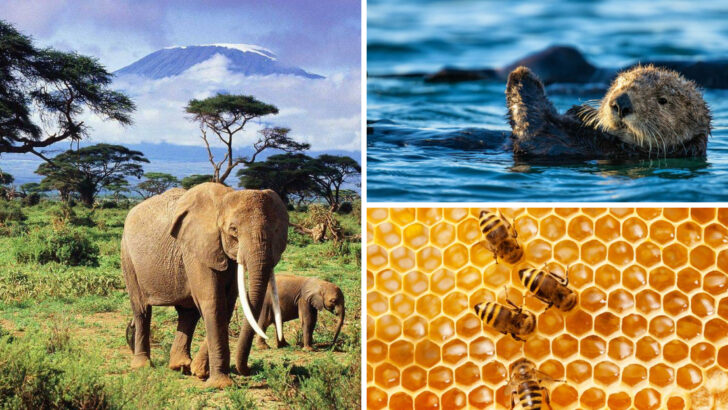Earth’s ecosystems are incredibly complex, and there are countless species that play critical roles in keeping everything in balance. While every creature, big or small, has its part to play, some species are especially vital for maintaining the health of our planet. From pollinators to keystone predators, these animals and plants are the unsung heroes that help ensure life continues to thrive.
In this article, we’ll highlight 25 species that are essential to the stability of ecosystems around the world. Their influence might not always be obvious, but without them, many ecosystems would collapse. By understanding the importance of these species, we can better appreciate the delicate web of life that supports our planet.
Honeybee
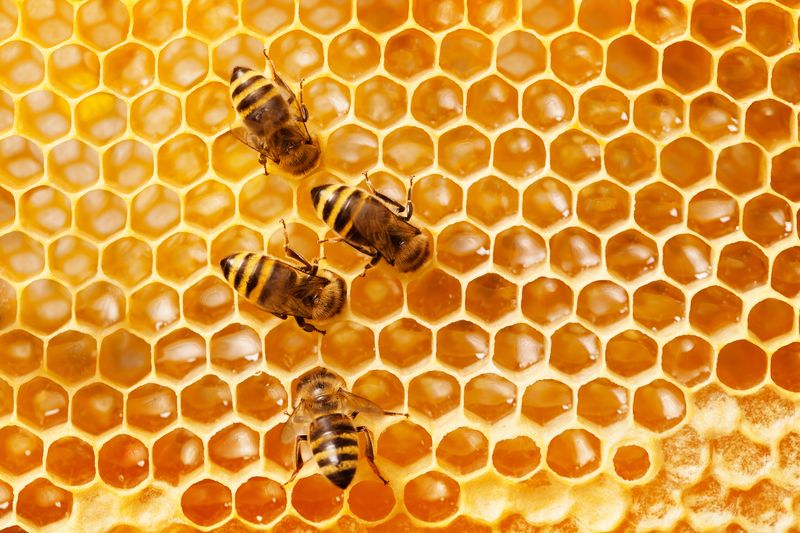
Honeybees are vital pollinators in ecosystems worldwide. They play a crucial role in the pollination of many crops and wild plants, supporting biodiversity and food production. Without honeybees, many plants would struggle to reproduce, leading to a decrease in food sources for other species.
Their hives also produce honey and beeswax, which have economic and cultural significance. Protecting honeybee habitats from pesticides and diseases is essential for sustaining their populations.
Overall, honeybees contribute significantly to ecological balance and agricultural productivity, making them indispensable to human survival and environmental health.
Wolf
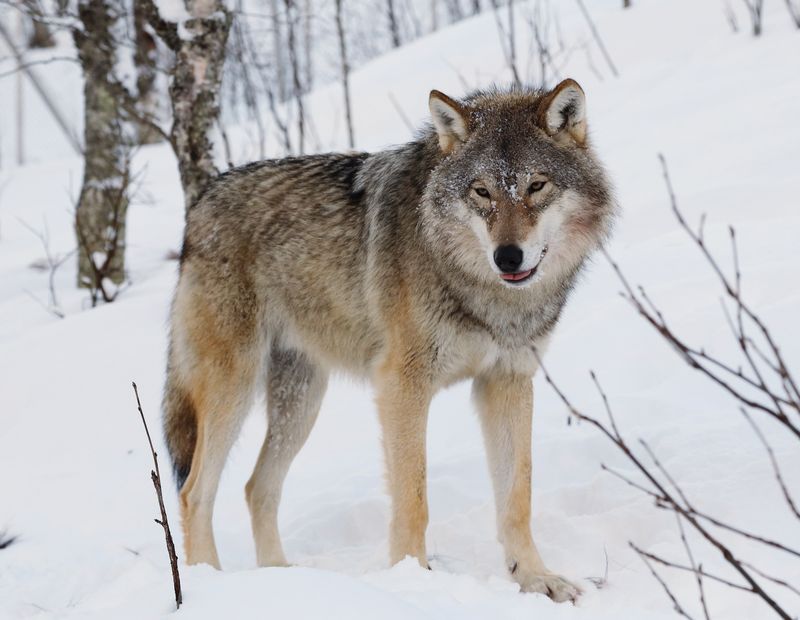
Wolves are apex predators that regulate wildlife populations. By preying on herbivores like deer and elk, they help maintain ecosystem balance, preventing overgrazing and allowing vegetation to thrive. This, in turn, supports diverse animal communities and promotes healthy forests and grasslands.
Wolves also influence scavenger species by providing carrion. Their presence fosters richer biodiversity and more resilient ecosystems.
Efforts to protect and reintroduce wolves in various habitats have shown positive ecological impacts. Understanding their vital role in nature underscores the importance of conserving these majestic animals.
Sea Otter
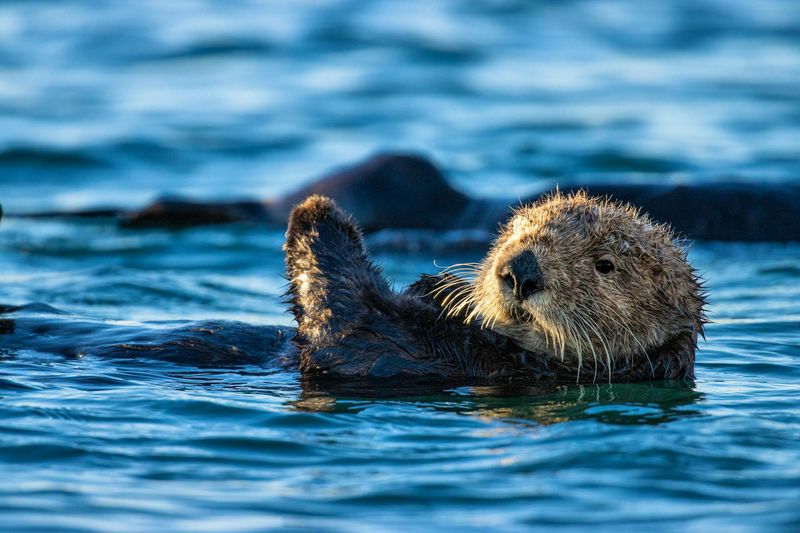
Sea otters are essential for kelp forest ecosystems. By preying on sea urchins, which can overgraze on kelp, sea otters help maintain the health and stability of these underwater forests. Healthy kelp forests provide habitat and food for numerous marine species, supporting biodiversity and coastal protection.
Sea otters also play a role in carbon sequestration, as kelp forests absorb significant amounts of carbon dioxide.
Conservation efforts for sea otters are crucial, as their decline can lead to imbalanced ecosystems and the loss of marine biodiversity.
Earthworm
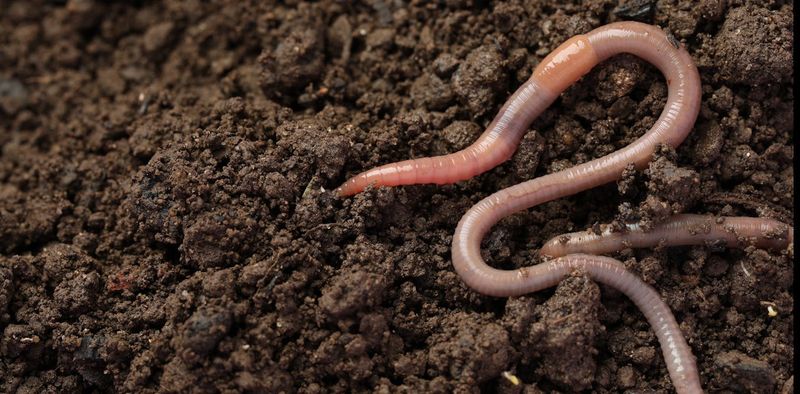
Earthworms are key players in soil health and fertility. By burrowing and breaking down organic matter, they improve soil structure and nutrient availability for plants. Their activity enhances water infiltration and root growth, contributing to productive agricultural lands and garden ecosystems.
Earthworms also support microbial communities essential for nutrient cycling. Protecting them from soil compaction and chemical pollutants is vital for sustainable farming practices.
Recognizing the importance of earthworms in maintaining healthy soils underscores their role in supporting life on Earth, from crops to forest ecosystems.
Coral
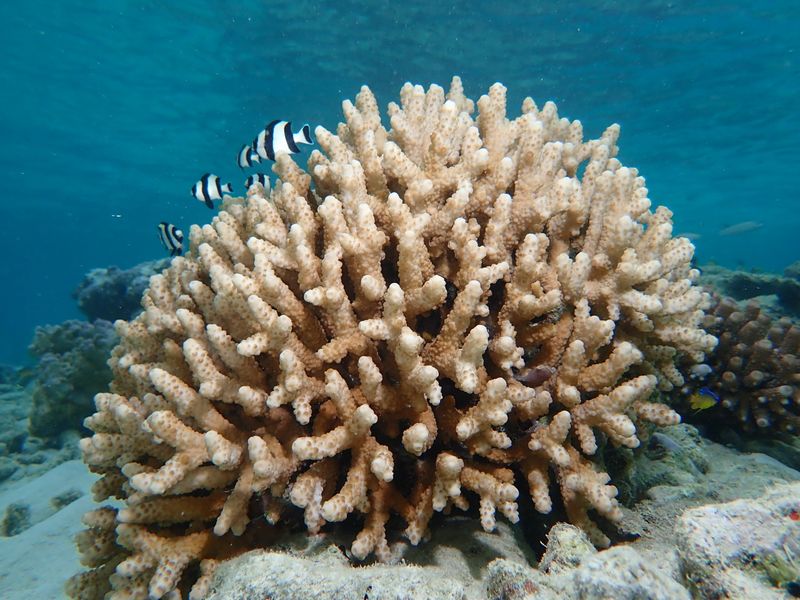
Coral reefs are incredibly diverse ecosystems that support thousands of marine species. The coral organisms themselves build complex structures that serve as habitats and breeding grounds for fish, invertebrates, and other marine life. This biodiversity is crucial for the ecological balance of ocean environments.
Coral reefs also protect coastlines from erosion and support fishing and tourism industries. However, they are threatened by climate change, pollution, and overfishing.
Conserving coral reefs is vital not only for marine biodiversity but also for the economic and cultural benefits they provide to human communities.
Fungi
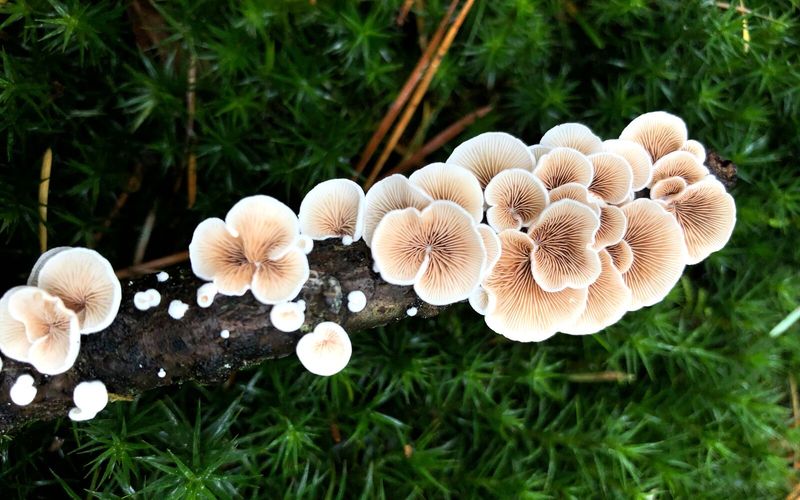
Fungi are essential decomposers in ecosystems, breaking down organic matter and recycling nutrients back into the soil. This process supports plant growth and sustains forest ecosystems. Fungi form symbiotic relationships with plants, enhancing their nutrient absorption through mycorrhizal associations.
They are also crucial in the production of antibiotics and food products like bread and cheese. Protecting fungal diversity is important for ecological and medical reasons.
Understanding fungi’s roles in ecosystems helps appreciate their contributions to nutrient cycling, soil health, and human well-being.
Krill
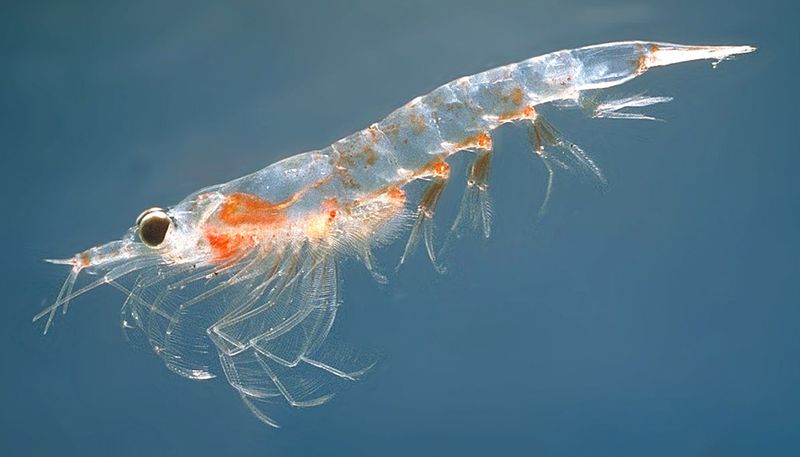
Krill are small crustaceans that play a significant role in marine food webs. They serve as a primary food source for many larger animals, including whales, seals, and seabirds. By consuming phytoplankton, krill help transfer energy up the food chain, supporting oceanic biodiversity.
Krill also contribute to carbon cycling in the ocean, as their excrement helps sequester carbon in deep waters. Their populations are threatened by overfishing and climate change.
Protecting krill is essential for maintaining healthy marine ecosystems and supporting the species that depend on them.
Red Mangrove
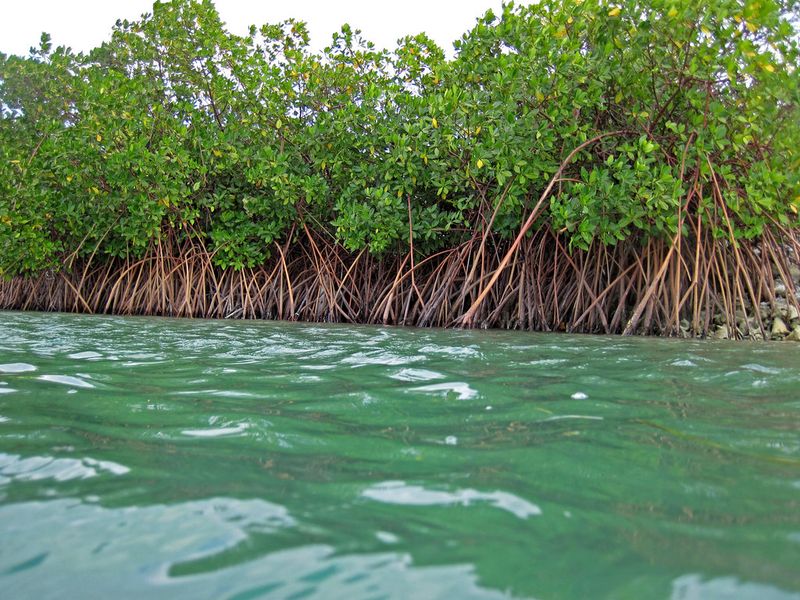
Red mangroves are vital coastal trees that protect shorelines from erosion and provide habitat for numerous marine species. Their complex root systems stabilize sediments and offer shelter for fish, crustaceans, and birds. Mangroves also filter pollutants from water, improving coastal water quality.
These ecosystems support fisheries and act as carbon sinks, mitigating climate change impacts. However, deforestation and habitat degradation threaten mangroves worldwide.
Conserving red mangroves is crucial for coastal protection, biodiversity, and climate regulation, highlighting their importance to both natural environments and human economies.
African Elephant
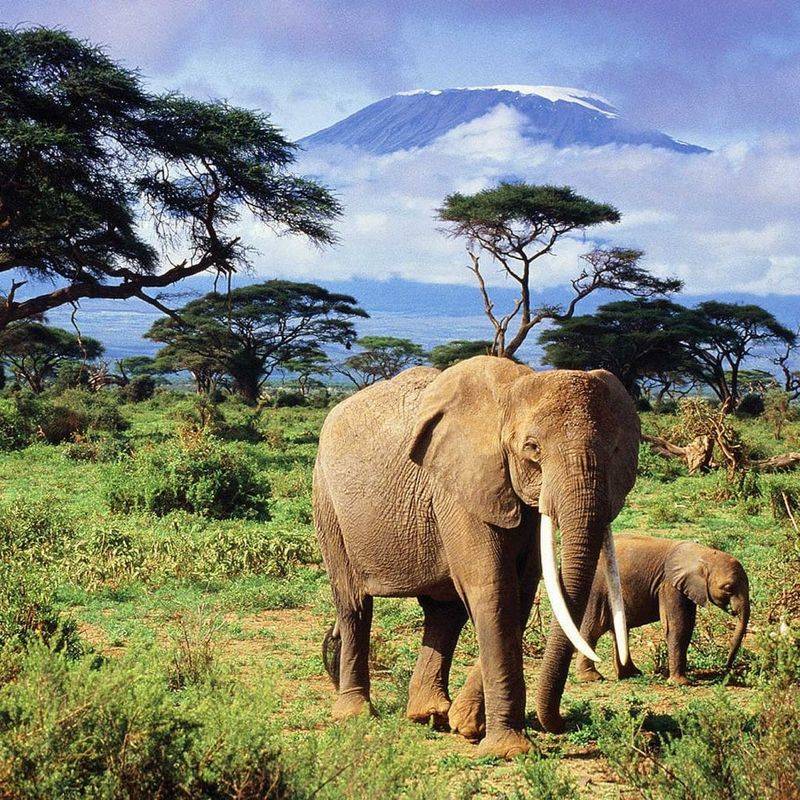
African elephants are essential ecosystem engineers in savannas and forests. Their feeding habits shape vegetation structure, creating habitats for other species. By knocking down trees and digging for water, they influence plant diversity and availability of water sources for wildlife.
Elephants also disperse seeds through their dung, promoting plant growth and ecological diversity. Their conservation is vital, as they are threatened by poaching and habitat loss.
Protecting African elephants helps sustain biodiversity and ecosystem functions, ensuring the survival of countless species and the health of natural landscapes.
Beaver
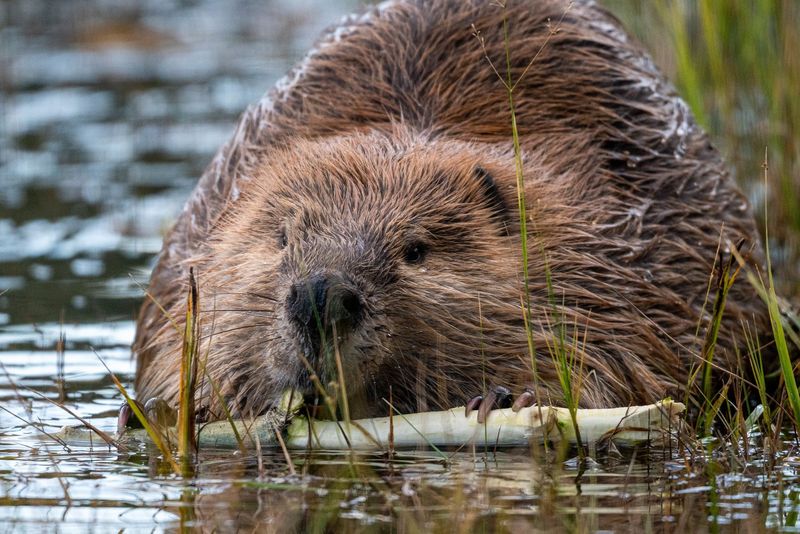
Beavers are nature’s architects, significantly influencing their environments by building dams. These structures create wetlands that provide habitat for diverse species, including fish, amphibians, and birds.
Wetlands formed by beaver activity enhance water quality and increase biodiversity by creating varied habitats. They also help in flood control and groundwater recharge.
Beaver conservation supports ecosystem restoration and resilience. Their ability to transform landscapes underscores their importance in promoting ecological health and biodiversity, making them key contributors to environmental sustainability.
Bat
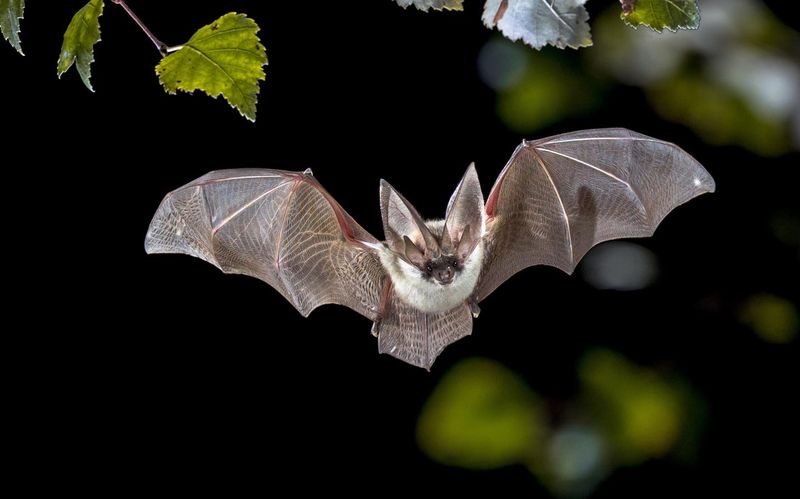
Bats are crucial for pollination, seed dispersal, and insect population control. Many plants depend on bats for pollination, including species of fruit trees and cacti. By dispersing seeds, bats aid in forest regeneration and biodiversity maintenance.
Bats consume vast amounts of insects, reducing pest populations and benefiting agriculture. However, they face threats from habitat loss and diseases like white-nose syndrome.
Protecting bats is important for ecological balance and agricultural productivity. Their roles in pollination and pest control highlight their essential contributions to healthy ecosystems and human economies.
Keystone Bee
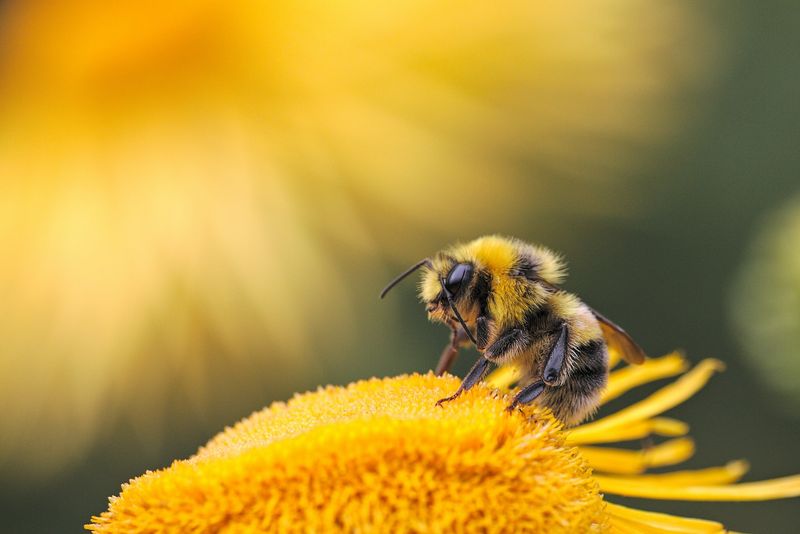
Keystone bees are integral to maintaining biodiversity in various ecosystems. As specialized pollinators, they facilitate the reproduction of a wide range of plant species, many of which are adapted exclusively to their presence.
Their pollination activities ensure the survival and genetic diversity of plant populations, supporting entire food webs that depend on these plants. Habitat loss and environmental changes threaten their populations.
Conservation efforts for keystone bees are crucial for preserving plant biodiversity and the ecological networks they support, emphasizing their irreplaceable role in sustaining vibrant ecosystems.
Prairie Dog
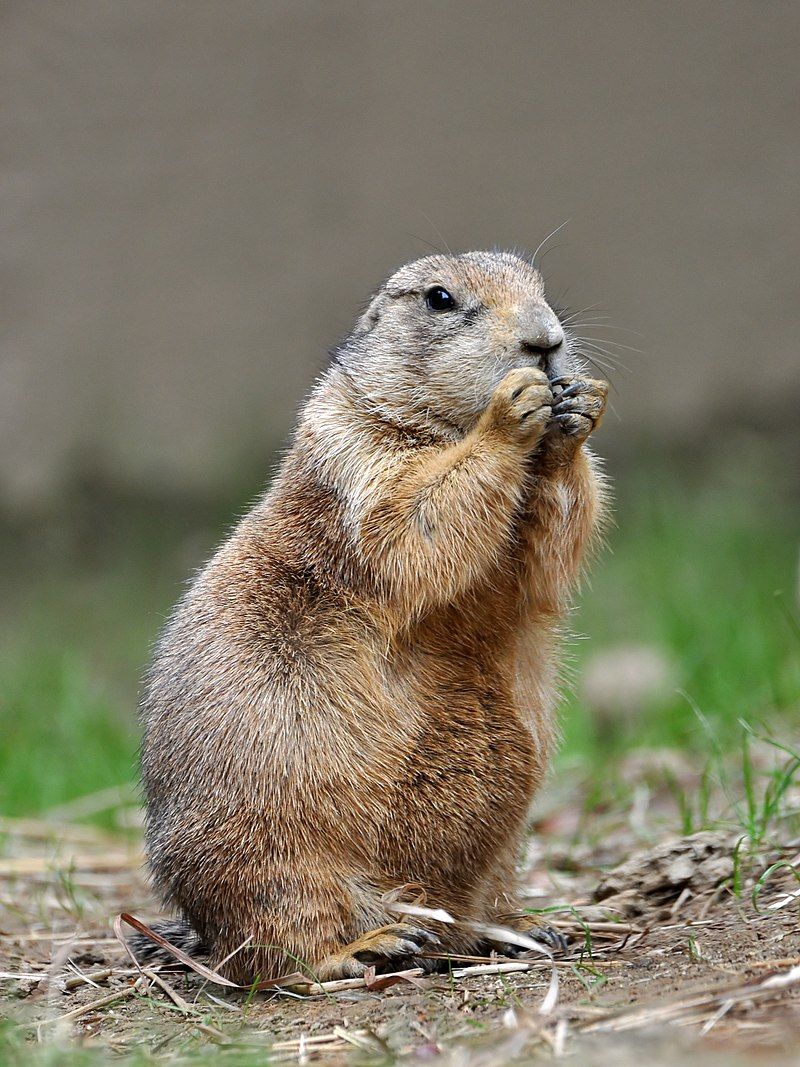
Prairie dogs are keystone species in grassland ecosystems, creating habitats for numerous animals. Their burrowing activity aerates the soil, promoting plant growth and nutrient cycling.
Their presence supports predators like hawks and foxes, as well as other species that use their burrows for shelter. Prairie dogs face threats from habitat fragmentation and disease.
Protecting prairie dogs helps maintain grassland ecosystems’ health and biodiversity. Their ecological contributions highlight their importance in sustaining balanced and productive environments, ensuring the survival of many other species.
Algae
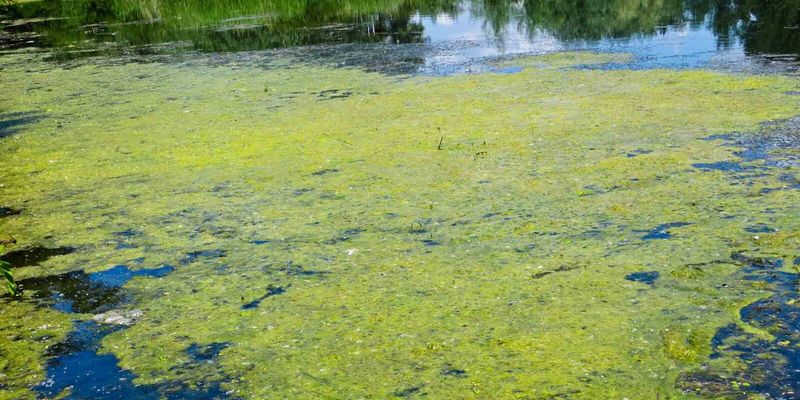
Algae are photosynthetic organisms that form the base of aquatic food webs. They produce oxygen and serve as a primary food source for various marine and freshwater life forms.
Algae contribute to carbon cycling by absorbing carbon dioxide during photosynthesis, mitigating climate change impacts. Blooms of algae can indicate ecosystem health or distress. However, pollution and climate change can lead to harmful algal blooms.
Maintaining healthy algae populations is essential for aquatic biodiversity and climate regulation. Their foundational role in ecosystems underscores their importance in sustaining life in water bodies.
Ant
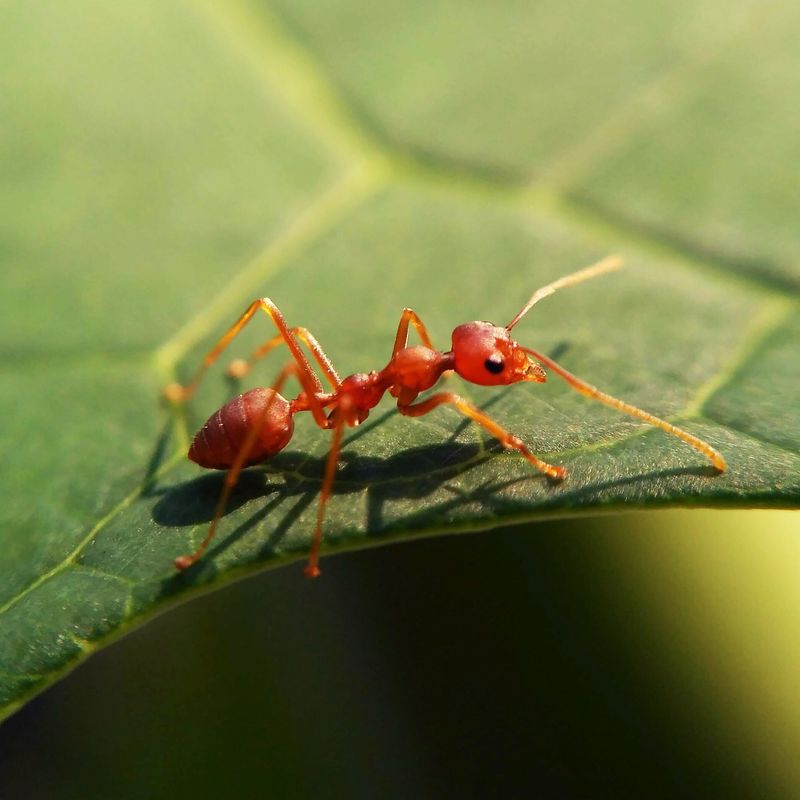
Ants are vital for ecosystem functioning, contributing to soil aeration, seed dispersal, and nutrient cycling. Their colonies break down organic material, enriching the soil and promoting plant growth.
Ants form symbiotic relationships with plants and other animals, enhancing ecological interactions. They are also important for pest control, as they prey on various insects.
Conserving ant populations is crucial for maintaining ecosystem health and resilience. Their complex social structures and ecological roles make them indispensable to biodiversity and environmental balance.
Dragonfly
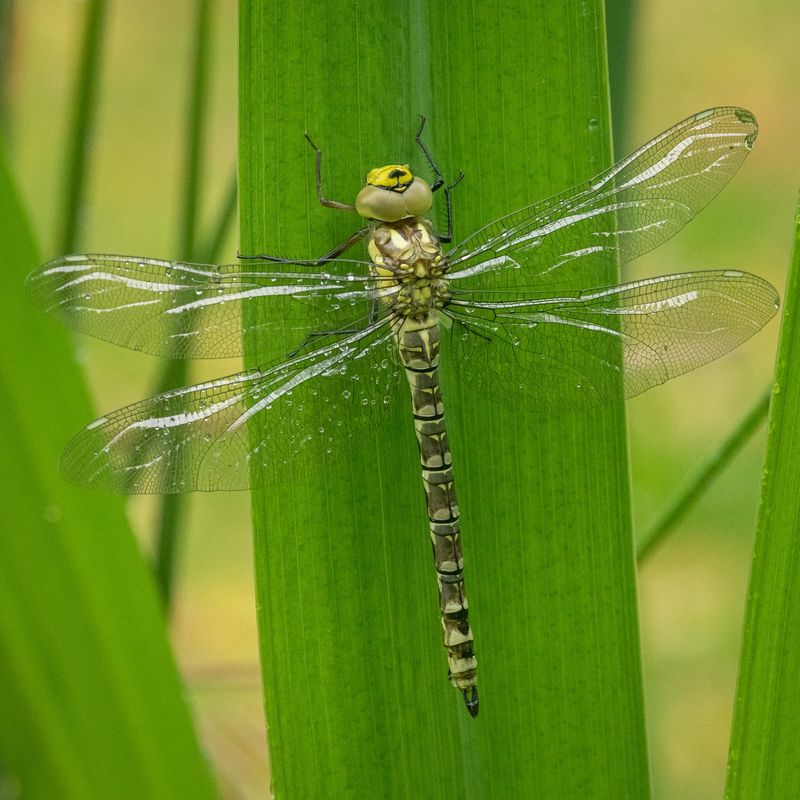
Dragonflies are important predators of mosquitoes and other small insects, helping control pest populations in wetland and pond ecosystems. Their presence indicates healthy water quality and ecosystem integrity.
Dragonflies also serve as food for birds, fish, and other wildlife, forming integral parts of food webs. They are sensitive to environmental changes, making them valuable indicators of ecosystem health.
Protecting dragonflies and their habitats supports biodiversity and pest control. Their ecological contributions highlight their role in maintaining balanced and vibrant ecosystems.
Grizzly Bear
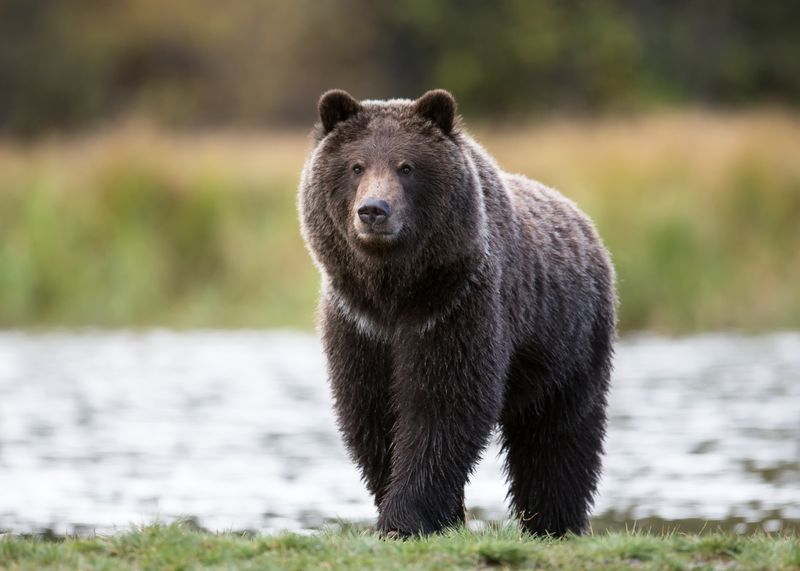
Grizzly bears are apex predators that influence ecosystems through their feeding habits. By preying on fish, particularly salmon, they contribute to nutrient cycling in forest ecosystems.
Grizzly bears disperse seeds through their scat, promoting plant growth and diversity. Their presence supports healthy populations of prey species and fosters ecological balance.
Conserving grizzly bears is important for maintaining biodiversity and ecological health. Their role in nutrient distribution and ecosystem dynamics underscores their significance in sustaining vibrant natural landscapes.
Tiger
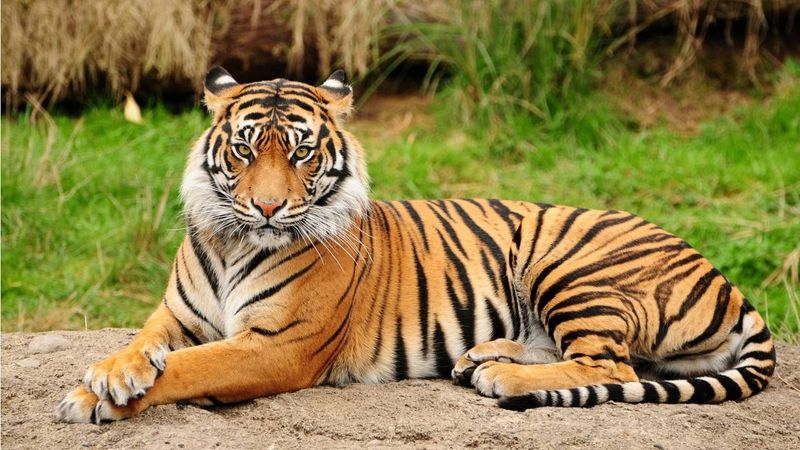
Tigers are apex predators that regulate prey populations and maintain balance in their habitats. By controlling herbivore numbers, they prevent overgrazing and support plant community health.
Tigers also influence the structure of their ecosystems, promoting biodiversity through their predation patterns. They are threatened by poaching and habitat loss.
Efforts to protect tigers are vital for conserving biodiversity and ecosystem functions. Their ecological role emphasizes the importance of apex predators in sustaining healthy natural environments.
Vulture
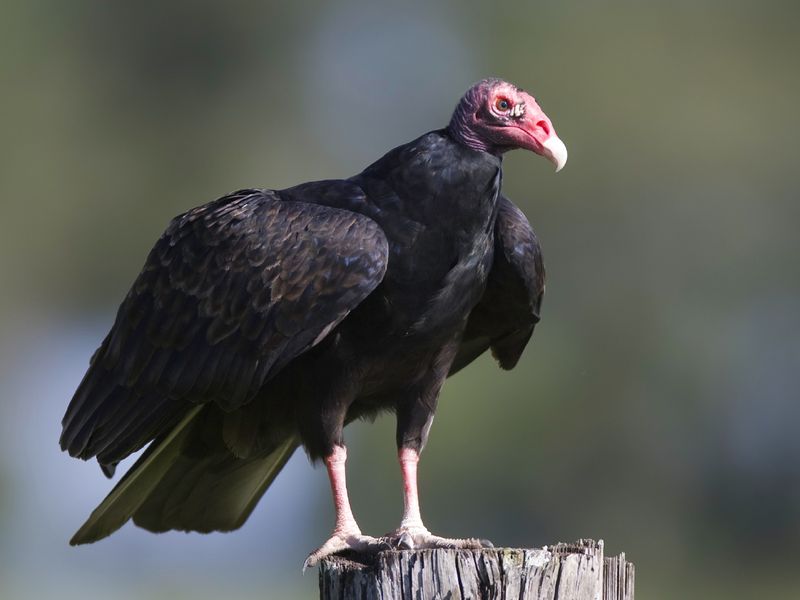
Vultures are efficient scavengers that play critical roles in ecosystems by consuming carrion. This aids in disease control and nutrient recycling, supporting environmental health.
Their scavenging activity helps prevent the spread of pathogens and maintains ecological balance. Vultures are threatened by habitat loss and poisoning from human activities.
Conserving vulture populations is crucial for ecological and public health. Their role as nature’s cleanup crew highlights their importance in sustaining healthy ecosystems and preventing disease outbreaks.
Zebra Mussel
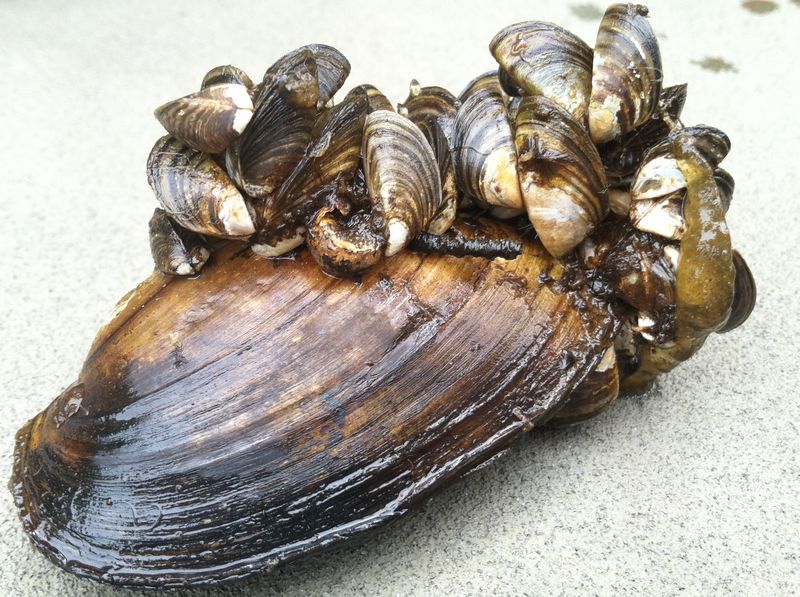
Zebra mussels are invasive species that dramatically impact aquatic ecosystems. While often harmful, they play a role in filtering large volumes of water, which can improve water clarity and quality.
Their presence can alter food webs and nutrient dynamics, affecting native species. Strategies to manage zebra mussels focus on controlling their spread and mitigating ecological impacts.
Understanding their effects on ecosystems is important for developing effective conservation and management plans. Their complex role in aquatic environments underscores the need for balanced approaches to ecosystem health.
Salmon
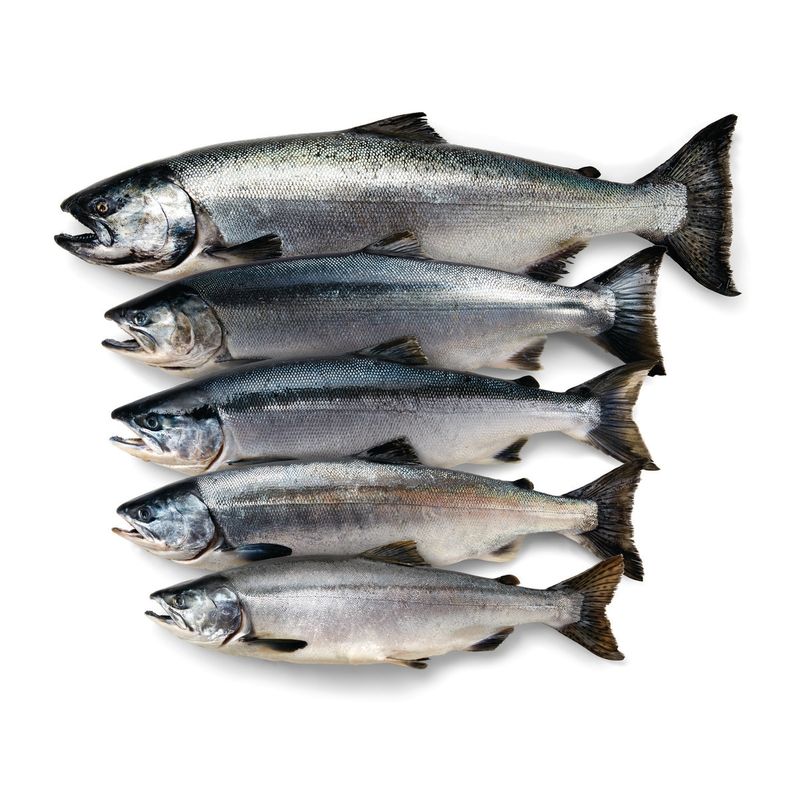
Salmon are anadromous fish that migrate from the ocean to freshwater to spawn. Their life cycle enriches ecosystems by transporting marine nutrients to freshwater and terrestrial environments.
Salmon provide food for a variety of species, including bears, birds, and humans. Their presence supports biodiversity and ecosystem productivity in riparian zones.
Conserving salmon populations is essential for maintaining ecological connectivity and nutrient cycling. Their role in linking ocean and freshwater ecosystems highlights their significance in environmental health and sustainability.
Monarch Butterfly
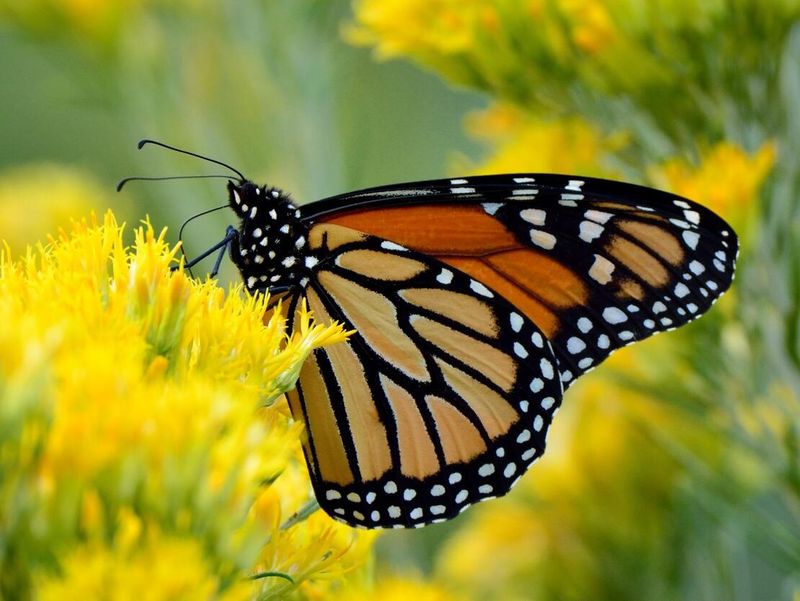
Monarch butterflies are known for their remarkable migration across North America. They play a role in pollination and serve as indicators of environmental health.
Their presence supports plant reproduction and biodiversity. Monarchs are threatened by habitat loss, climate change, and pesticide use.
Efforts to conserve monarch habitats and migratory routes are important for biodiversity and ecosystem resilience. Their migratory patterns and ecological contributions underscore their importance in maintaining balanced and healthy environments.
Sea Turtle
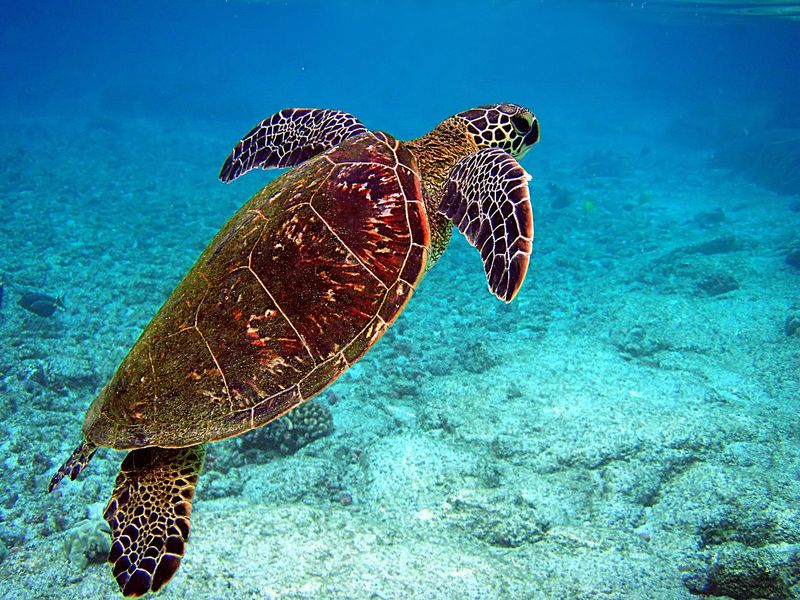
Sea turtles are vital for marine ecosystems, maintaining healthy seagrass beds and coral reefs. Their grazing helps control seagrass growth, supporting habitat stability for diverse marine life.
Sea turtles also contribute to nutrient cycling and are essential for ecological balance. However, they face threats from habitat degradation, pollution, and bycatch.
Conserving sea turtles is crucial for marine biodiversity and ecosystem functions. Their role in ocean health highlights the importance of protecting these ancient mariners and their habitats.
Jaguar
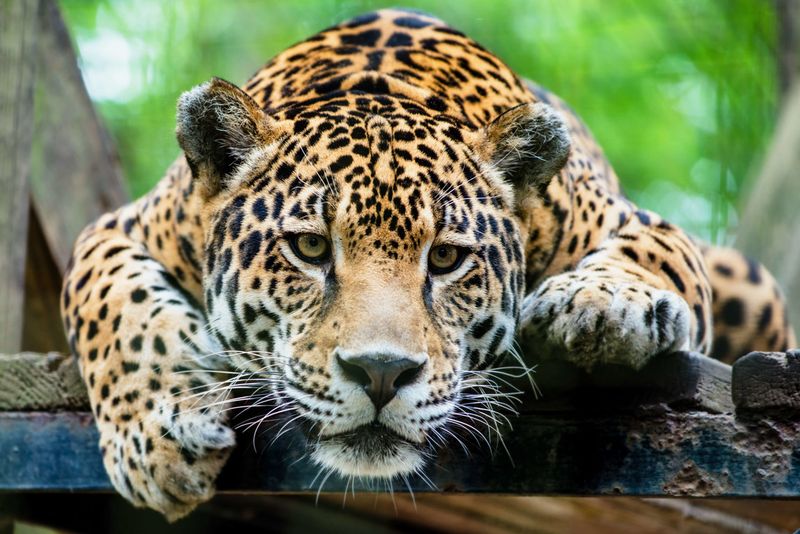
Jaguars are apex predators that play a crucial role in maintaining the structure and function of tropical ecosystems. By preying on herbivores, they help control population sizes and prevent overbrowsing.
Their predation patterns support plant diversity and ecosystem resilience, influencing the distribution and behavior of other species. Jaguars are threatened by habitat loss and poaching.
Conserving jaguar populations is vital for preserving biodiversity and ecosystem health. Their ecological role emphasizes the interconnectedness of species and the importance of apex predators in nature.
Dugong
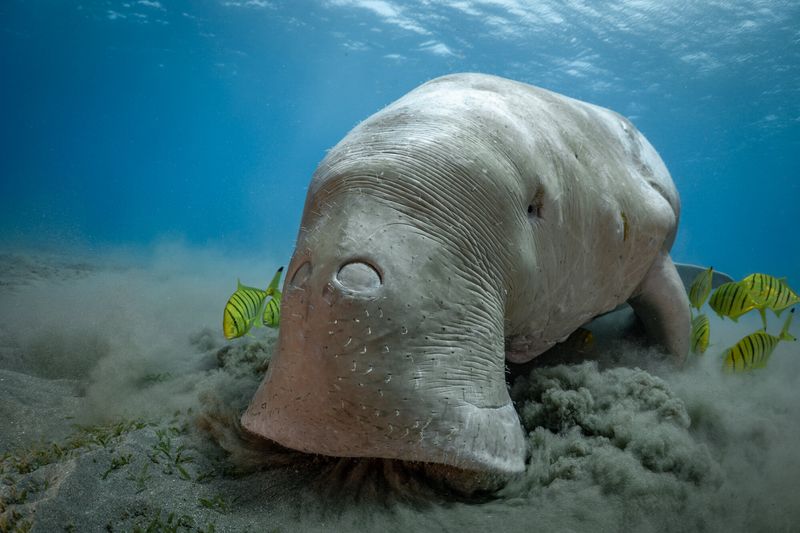
The Dugong, a marine mammal often mistaken for a manatee, plays a crucial role in maintaining healthy seagrass ecosystems. These gentle giants graze on seagrass meadows, preventing them from becoming overgrown and helping to recycle nutrients back into the environment.
Their grazing activity supports a diverse range of marine life, from small invertebrates to larger predatory fish. It also promotes seagrass growth, which is vital for carbon sequestration, thus helping mitigate climate change.
In many coastal communities, Dugongs are culturally significant, highlighting the deep connection between humans and these invaluable marine ecosystems.

